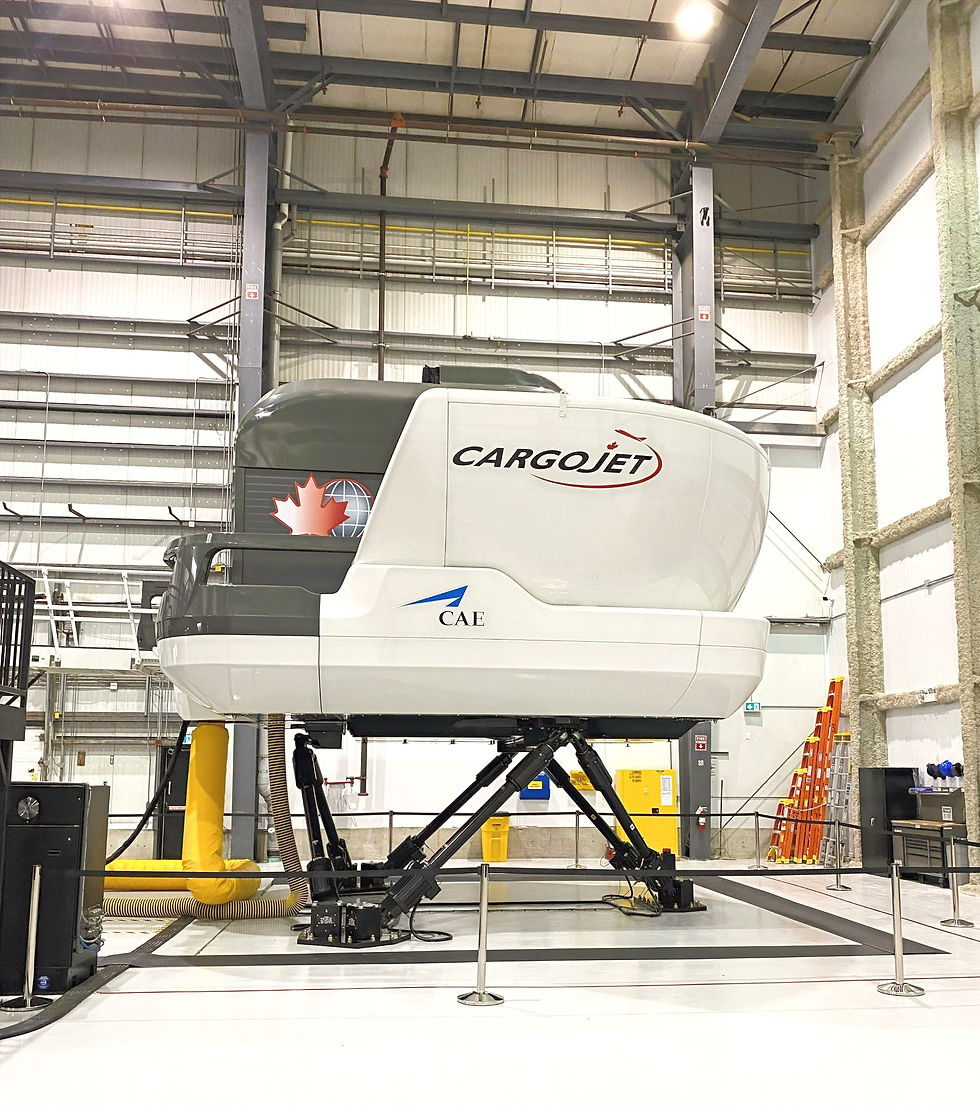Prioritizing communication, accountability & trust for Cargojet.
- Dalton Staff

- Sep 27, 2022
- 2 min read
Updated: Mar 14, 2024
As the pandemic wanes, disruption in the construction industry persists. We can’t control current conditions in the supply chain, labour shortages or rising inflation, but with 80+ years of building experience, we have learned the keys to navigating uncertain times and reducing risk within a project are collaborative relationships and doing the work in preconstruction. By prioritizing communication, accountability and trust, we were better positioned to manage risk for Cargojet and minimize the impact these constraints had on their project.
Working in an integrated project environment keeps the clients’ goals as priority #1 and means the project capitalizes on the knowledge of all team members. To be effective in preconstruction, this approach relies on reciprocal trust between the Construction Manager, Architect and consultants with an understanding that we all want the same outcome: a project that fulfills the client’s Definition of Success.

Cargojet hired us to renovate an airport hanger to suit the installation of two incredibly impressive CAE Full-Flight Simulators; an investment made to facilitate in-house flight training. The DOS for this project prioritized the schedule with a direction to complete the renovation by a specific date as flight training was to commence immediately.
Our role as CM was to support Kasian Architecture by illuminating any blind spots they had about the existing building and identifying potential risks or challenges that would impede the progress of the build team. To reliably inform these decisions we combined data gathered through an interrogation of the physical building with the knowledge we’ve gained through decades of relevant experience working on complicated technical renovations, additions and new builds.
Our investigation of the CAE Installation Guide alerted us to the specific technical and environmental requirements for the installation of the simulators. These conditions included that the space is free of debris and dust and that a specific temperature range is maintained. These are important conditions as construction is usually quite messy, and the lead time for mechanical equipment was restrictively long.
In response, Kasian provided a design that was well-coordinated and facilitated sequencing and consecutive tendering. We were able to schedule work that would produce mess/dust or affect the temperature in the relevant areas, ahead of the installation date and order materials for timely delivery. When we learned mid-construction that the expected HVAC unit was delayed even longer, we worked collectively to expedite the design/build of a suitable workaround.
Without our proactive research in preconstruction, Kasian’s strategically planned design and our shared emphasis on productive communication and practical problem solving, we would not have been adequately prepared for installation and our schedule would have been delayed. Our successful delivery of this project is proof that early involvement helps control budget and schedule, and projects can be delivered at an accelerated schedule when everyone shares the same goal.













